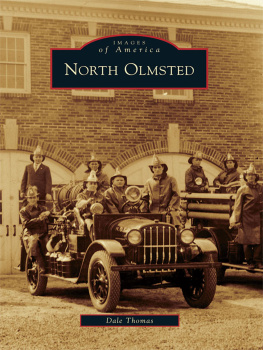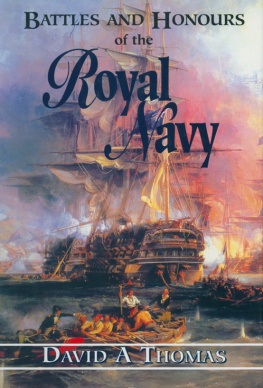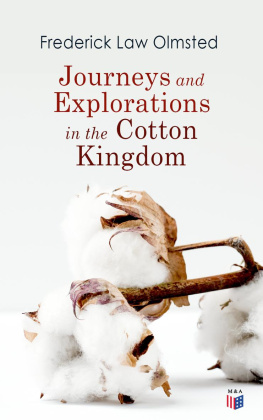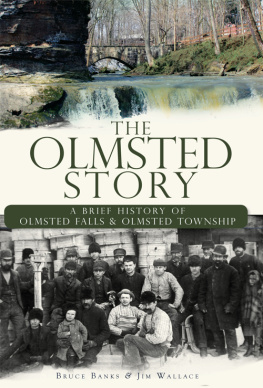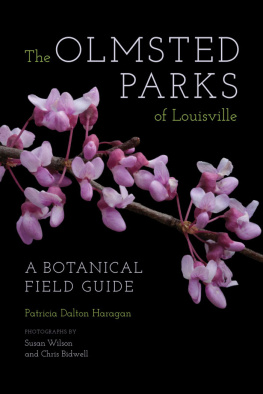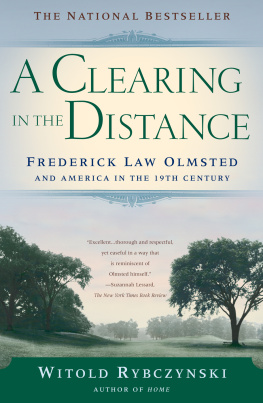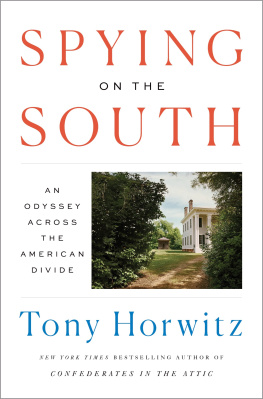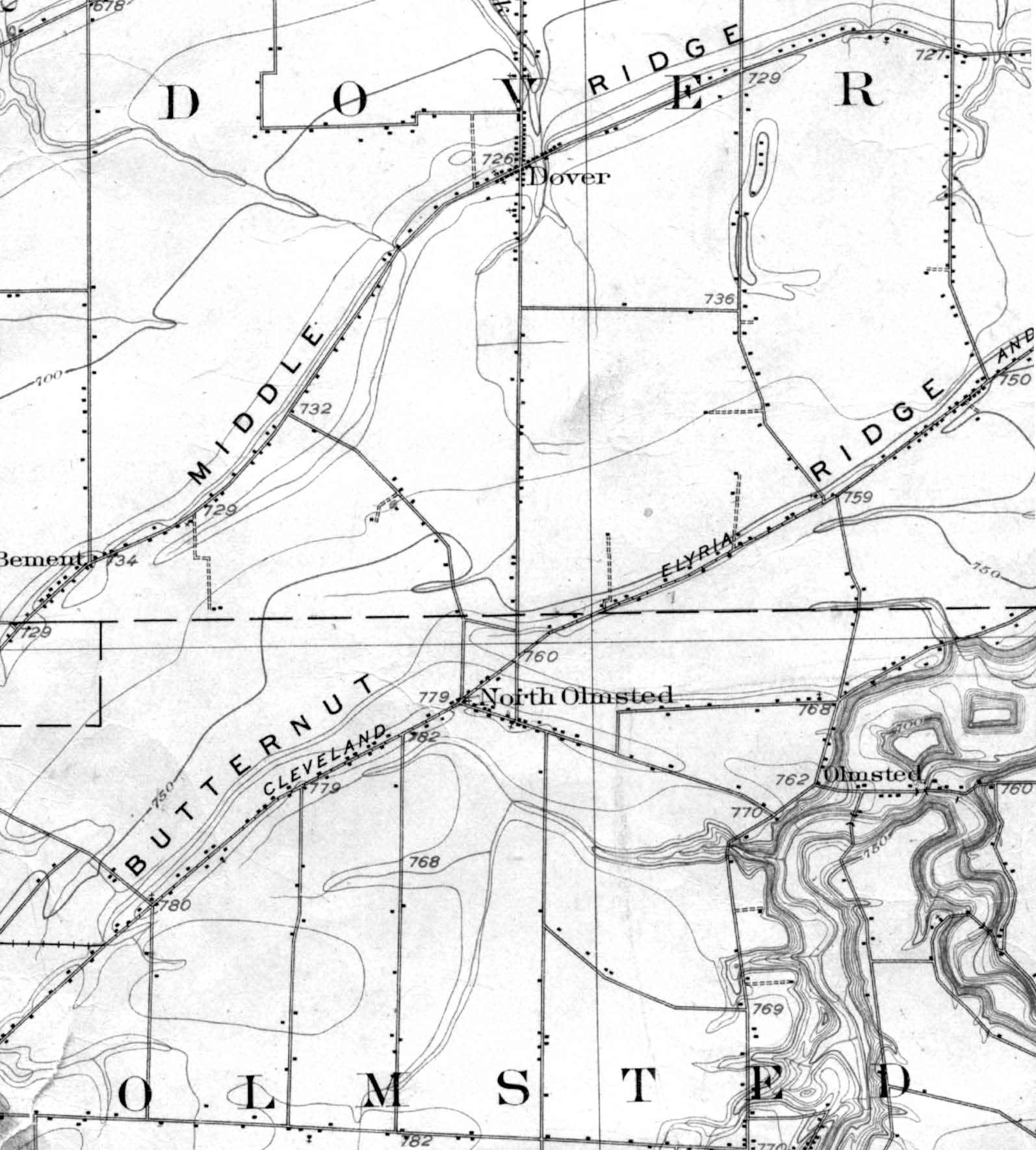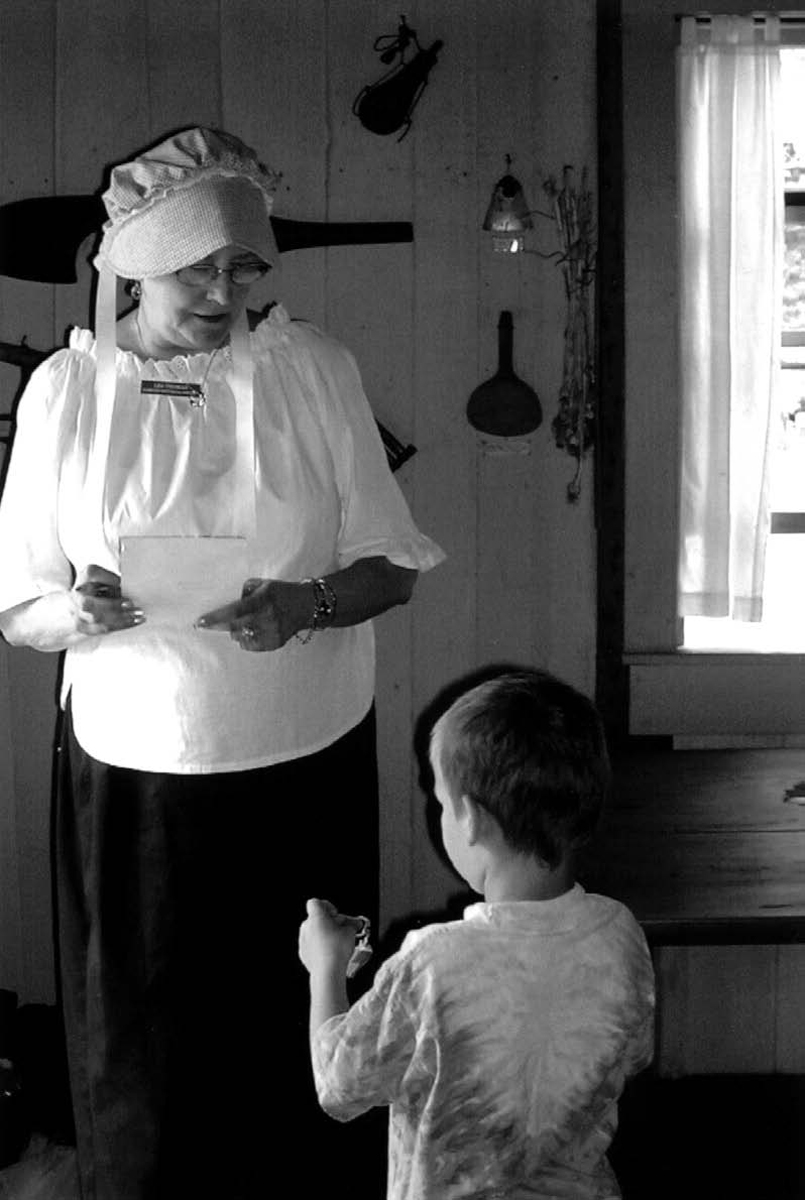Northern Olmsted Township and the Coe Ridge community on Lorain Road (Butternut Ridge) in Dover Township joined together in 1909 and formed North Olmsted Village. At the time, tracks of the Green Line interurban ran along Lorain Road. Ancient lake ridges had been the first places settled because of the well-drained soil. The Rocky River provided waterpower for saw- and gristmills. Middle Ridge became Westlakes Center Ridge Road. (Courtesy of the Olmsted Historical Society.)
On the cover : The North Olmsted Fire Department was voluntary when organized in 1924. The fire station and police office shared a building located behind the town hall. The facility was razed to make way for the construction of the present administration center. Pictured in 1930, Chief Frank Heiser stands on the left. The fire engine on the right is now on display at Frostville. (Courtesy of Olmsted Historical Society.)
To Lea Thomas, my wife, who encouraged me to write this book.
ACKNOWLEDGMENTS
The Olmsted Historical Society made this book possible. Unless otherwise stated, the photographs come from the societys archives. The genealogy and history files were also important sources for the captions. I realized the wealth of material available for authoring a book on North Olmsted when Angie Cadwallader appointed me archivist. I owe a debt of gratitude to Ellis Paddock, who helped found the society in 1960. He was the societys historian and archivist for a number of years. The charter members of the society include Elma Gifford, William Andrews, William Reynolds, Ruth Berg, Gary Berg, Howard Care, Ralph Deter, Madeleine Deter, Ellis Paddock, Larry Messner, Emma Messner, Joan Miller, Adele Parker, Pat Alford, Dorothy Reszegi, Charlotte Barlik, Jack Ginley, Jean Tomer, Eleanor Zind, James Grapes, and Leroy Christman.
Walter F. Holzworths writings proved to be very useful in the preparation of the book. Shannon English and Donna Rote copied documents and pictures for me from the archives of the North Olmsted Landmarks Commission. Rose Scheeff provided first-hand knowledge of Springvale. Geoffrey and Scot Thomas assisted me with their knowledge of computer hardware and software. Lea Thomas proofread the text and offered suggestions. Melissa Basilone answered my many questions at Arcadia Publishing. Laurie Kubiak, Deborah Pabetz, Beverly Weseling, and Char Yaroma contributed material for the Frostville guide, one of the sources for the book. William Stark, Marge Streib, Paul Schumann, Bob Lamb, David Neville, Harry and Marian Crider, George Cadwallader, and Chris Stewart gave me additional assistance. I also want to thank the Western Reserve Historical Society, Cleveland State University Library, and North Olmsted Public Library.
INTRODUCTION
In June 1815, David Johnson Stearns of Vermont became the first permanent settler in what is today North Olmsted. The northern half of Lenox Township belonged to the heirs of Aaron Olmsted. Lenox became Olmsted Township in 1829 after Olmsteds family gave the community a library. The township became a location for transplanted New Englanders. The early settlers were mostly English and Scotch-Irish who came primarily from Connecticut and Vermont. They were Methodists, Congregationalists, and Universalists. The community was like a large extended family because of intermarriages. Later in the 19th century, immigrants from central Europe began to diversify the population.
The Civil War greatly affected the population, and enlistments exceeded township quotas. Butternut Ridge Cemetery contains the graves of 75 veterans. A number of local soldiers died in the war, some of whom are buried in the cemetery. Others were permanently disabled or died soon after the war. The Grand Army of the Republic was an important fraternal association for a number of years.
Farming dominated the economy into the early 20th century, and almost all commerce was related to agriculture. Self-sufficiency was common until transportation improved into Cleveland, a major lake port. With the coming of the interurban railway in 1895, residents could work in Cleveland and return home at night. Students were able to attend trade and high schools outside the community. The interurban also carried farm produce to outside markets.
Northern Olmsted Township, along with Coe Ridge in southern Dover Township, officially became North Olmsted Village in 1909. There had been growing resentment over the years that the residents in the south dominated township politics at the expense of the north. Olmsted Falls had become a village in 1856. A section of Olmsted Township still survives today as the only township government in western Cuyahoga County.
World War I proved to be a most prosperous time for agriculture. However, the 1920s was a time of overproduction and low prices for farmers. The Great Depression of the 1930s hit all sectors of the nations economy. North Olmsted changed dramatically in the years following World War II. The village became a city in 1951. Farms gave way to housing developments and shopping centers. Interstate highways transformed the city into a bedroom community for the Cleveland metropolitan area. Proximity to Cleveland Hopkins International Airport made North Olmsted a convenient location for businesses and residents. The federal census for 2000 recorded a population of over 34,000 people.
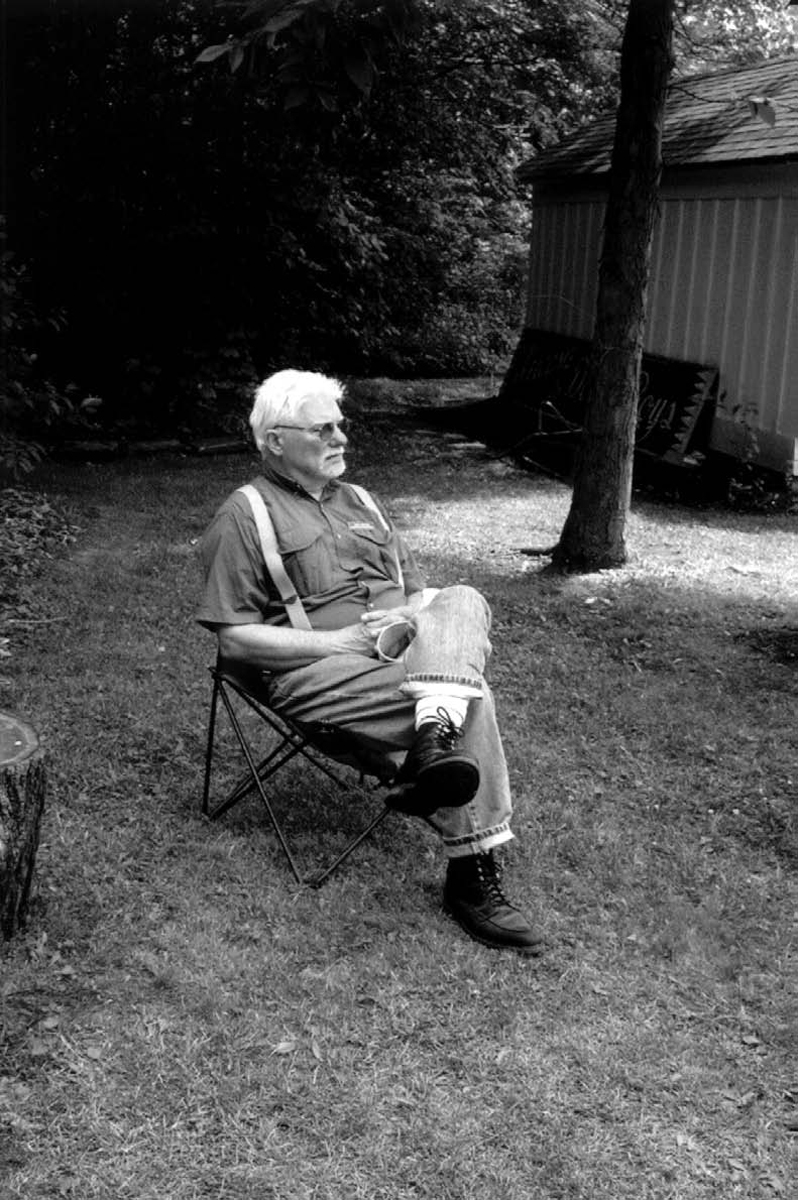
Dale Thomas is the archivist and a director for the Olmsted Historical Society. Lea Thomas is the assistant archivist and the Student Involvement Through Education and Service (SITES) supervisor for the society. SITES has been a part of the North Olmsted High School curriculum since 1991. The Thomases are retired teachers who have volunteered for the many events held at the societys Frostville Museum. Frostville is located in the Rocky River Reservation of the Cleveland Metroparks. In a rural setting, visitors can tour the Precthel House, which is original to the site, and the Briggs House, Jenkins Cabin, Carpenter House, and Frostville Church, which were moved to Frostville by the society. In addition, there is a general store, display barn, and events barn. (Courtesy of Scot Thomas.)
One
ALONG THE RIDGES

A Revolutionary War veteran from Connecticut, Aaron Olmsted became wealthy as a sea captain trading with the Far East. He bought shares in a land venture in 1795 from the Connecticut Land Company, which had been formed to sell the states Western Reserve in northeastern Ohio. After his death in 1806, Olmsteds children inherited the northern part of township 6, range 15. (Courtesy of North Olmsted Library.)

